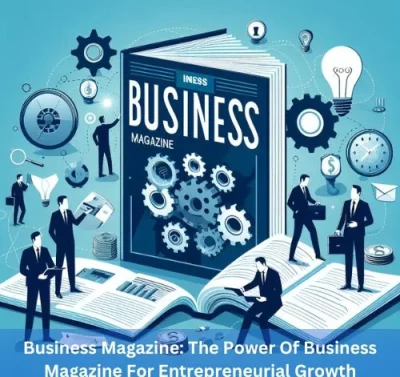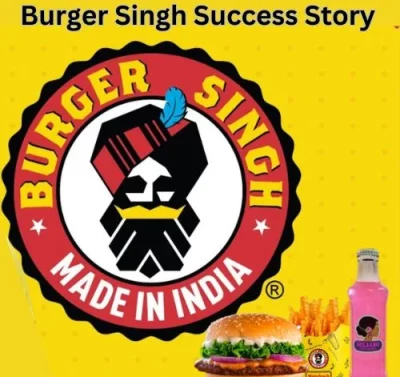The accord comes in response to a court decision in January dismissing J&J’s contentious “Texas two-step” bankruptcy strategy. J&J company declares bankruptcy, in which the company attempted to transfer the talc responsibility to a subsidiary that swiftly filed for Chapter 11.
According to Johnson & Johnson, it has agreed to pay $8.9 billion to resolve hundreds of cases that claimed the talc in its well-known Baby Powder and other products caused cancer. The sum far exceeds J&J’s first bid of $2 billion.
The accord comes in response to a court decision in January dismissing J&J’s contentious “Texas two-step” bankruptcy strategy, in which the company attempted to transfer the talc responsibility to a subsidiary that swiftly filed for Chapter 11.
LTL Management, a J&J subsidiary, filed for bankruptcy protection late on Tuesday for a second time with the goal of presenting a reorganization plan containing the proposed settlement to a judge as early as May 14. In a statement, J&J stated that the plan had been accepted by around 60,000 talc claimants.
The J&J subsidiary declared bankruptcy in New Jersey, the same state where it had been denied by the appeals court. According to its subsidiary, J&J created new financing agreements with it to avoid conflicting with the appeals verdict. According to the decision, LTL Management was not in financial distress and so had no right to file for bankruptcy.
Once plaintiffs’ attorneys had successfully challenged the company’s strategies and won, the appeals court’s refusal dramatically increased the cost for J&J to get rid of the protracted talc dispute. According to Mikal Watts, one of the plaintiffs’ attorneys who negotiated the arrangement, J&J’s board agreed to pay the significantly bigger payout to present and future claimants with various gynecological malignancies and mesothelioma over the weekend.
Tuesday, J&J reaffirmed that their talc products are risk-free and do not cause cancer. Corporate attorneys claimed that the scientific basis for the talc claims was lacking and charged plaintiffs’ attorneys with continuing to solicit clients in an effort to secure substantial settlements.
The 3rd US Circuit Court of Appeals in Philadelphia, which has already rejected the subsidiary bankruptcy, is the place where other plaintiffs could file an appeal if they continue to challenge the settlement.
Late on Tuesday, lawyers for thousands of plaintiffs published a statement contesting the settlement. The founding partner of the Houston-based personal injury law firm Arnold & Itkin LLP, Jason Itkin, stated that “this fake settlement” does not even cover the medical expenditures of the majority of the victims.
Earlier on Tuesday, Reuters reported that J&J was considering filing for bankruptcy a second time with its talc division and that a company lawyer had spoken with plaintiffs’ attorneys recently about negotiating a fresh compensation deal.
Earlier on Tuesday, Reuters reported that J&J was considering filing for bankruptcy a second time for its talc subsidiary and that a company lawyer had recently contacted plaintiffs’ attorneys to suggest the two parties craft a new settlement agreement that could be finalized in a second J&J subsidiary bankruptcy. In a series of articles last year exposing corporate efforts to avoid lawsuits through bankruptcy, Reuters described the covert preparation of Texas’s two steps by J&J and three other significant corporations.
According to Watts, the plaintiffs’ attorney who assisted in negotiating the revised deal, those who were diagnosed with cancer before April 1 would get payments from a bankruptcy trust within a year of a judge approving the Chapter 11 plan that would have created it.
The significant settlement resulted from J&J’s initial Texas two-step bankruptcy filing, which was unsuccessful legally and was filed in October 2021. The unique strategy entailed splitting the corporation being sued in two using a Texas state law, then assigning culpability to one of the newly formed entities. The new business that took on the burden, LTL Management, declared bankruptcy almost right away.
Plaintiffs’ attorneys viewed J&J’s two-step as a misuse of the bankruptcy system by a large multinational company that was unlikely to run out of money to pay cancer patients due to its market value of more than $400 billion.
According to J&J and its subsidiary, the restructure might give settlement rewards more fairly, efficiently, and equitably than a “lottery” afforded by trial courts, where some litigants obtain substantial awards and others get nothing.
At the end of March, the appeals court rejected the J&J subsidiary’s request to postpone the decision’s implementation while it requested a review from the US Supreme Court. The prior LTL bankruptcy was dismissed on Tuesday by US Bankruptcy Judge Michael Kaplan in New Jersey, following an appeals court judgment that overturned his earlier decision backing the tactic.
According to Watts, the plaintiffs’ attorney, a sufficient number of plaintiffs have consented to the deal for a bankruptcy judge to approve it. The amount of agreement is important. A judge must approve a company’s restructuring plan with the support of 75% of plaintiff-creditors in asbestos-related bankruptcy cases. In comparison to other types of bankruptcy, that is a higher bar.
According to a Reuters investigation published in December 2018, J&J knew for decades that testing had shown that some of its talcs occasionally contained hazardous asbestos but had withheld that knowledge from regulators and the general public. According to J&J, its talc products, including Baby Powder, are risk-free, do not cause cancer, and do not contain asbestos.
Due to what the firm referred to as “misinformation” regarding the product, it stated in 2020 that it will stop selling its talc Baby Powder in the US and Canada. Later, it declared its intention to stop selling it globally in 2023.















